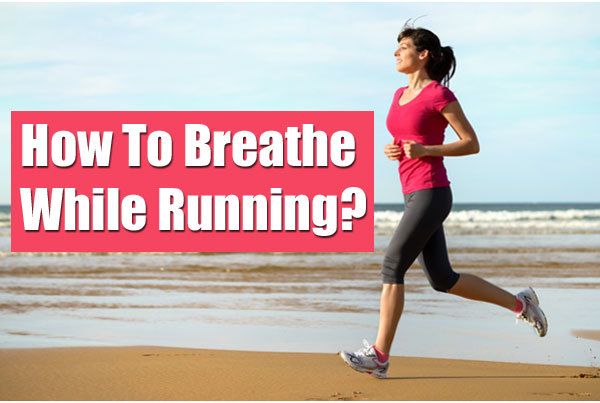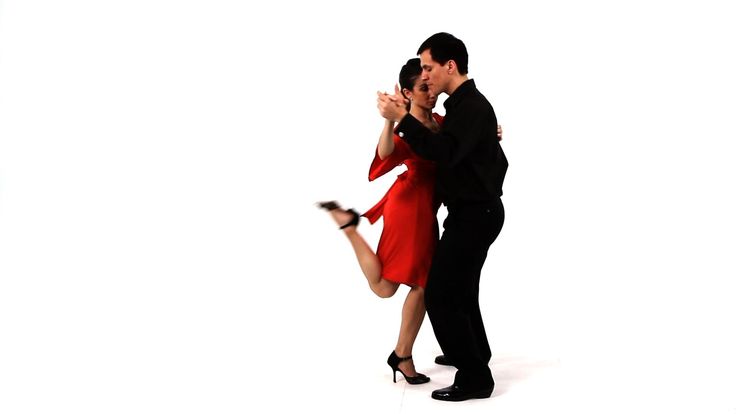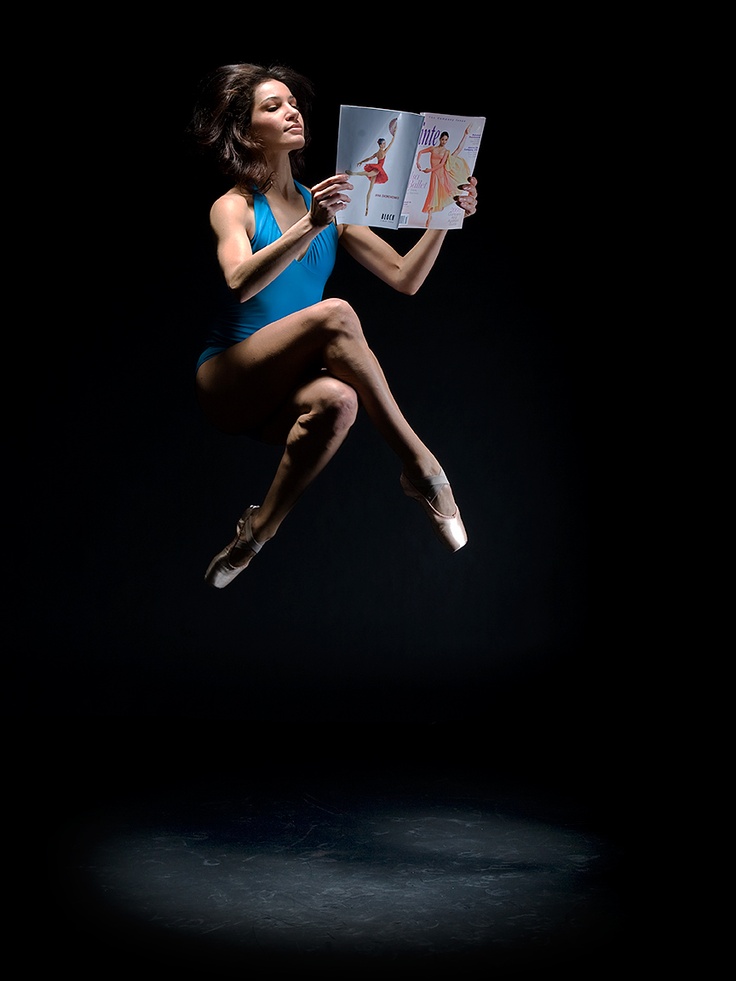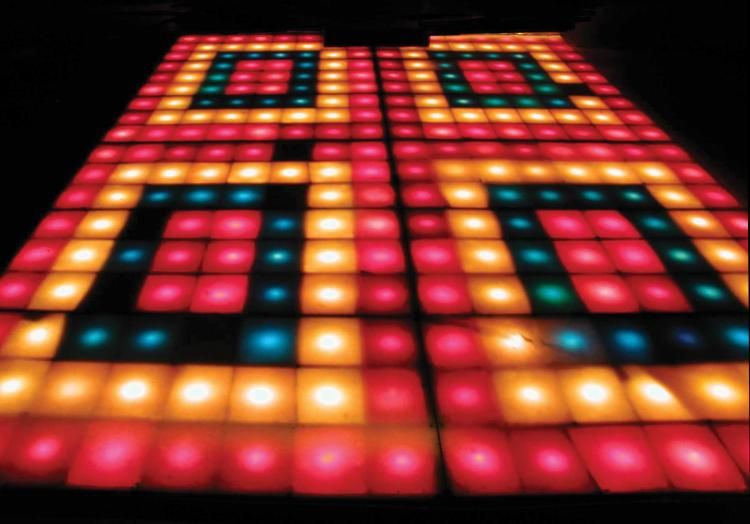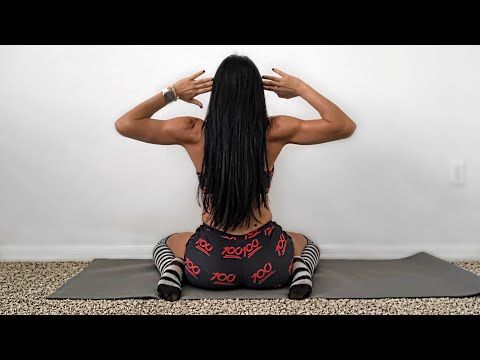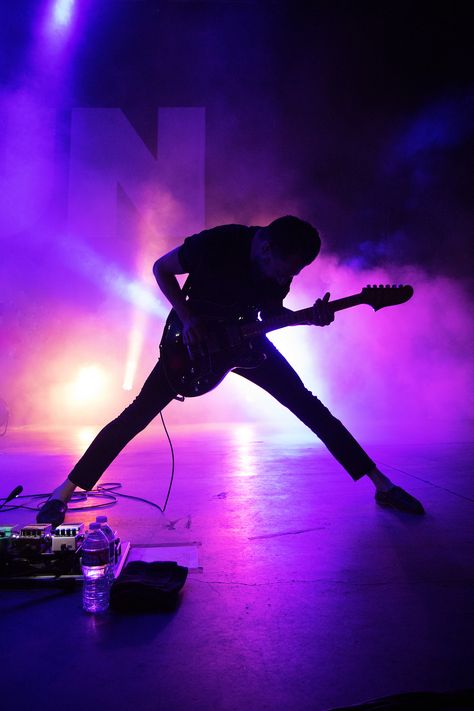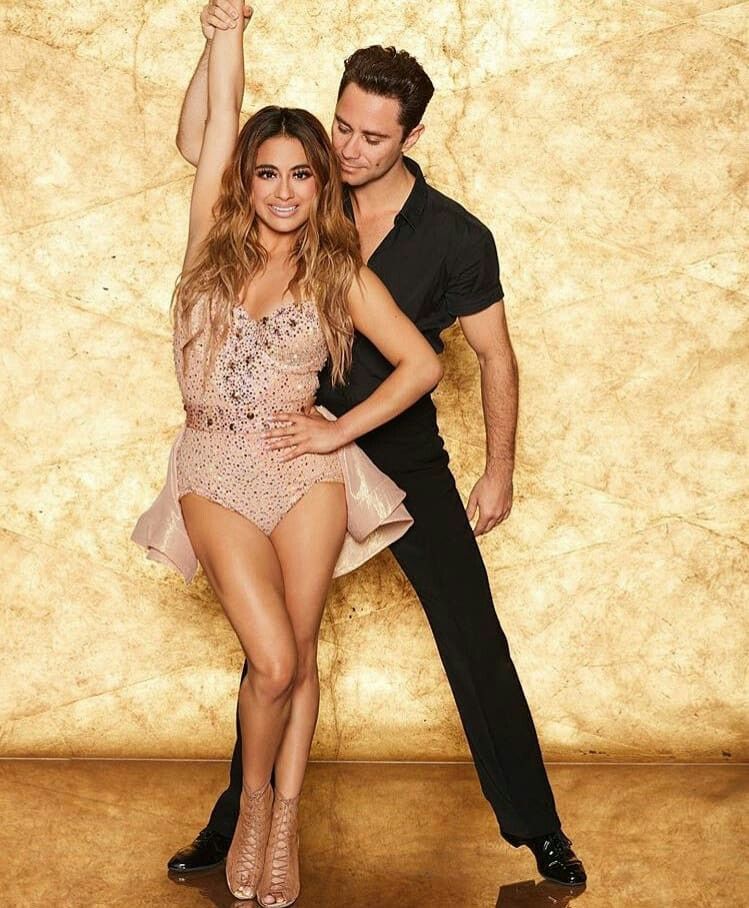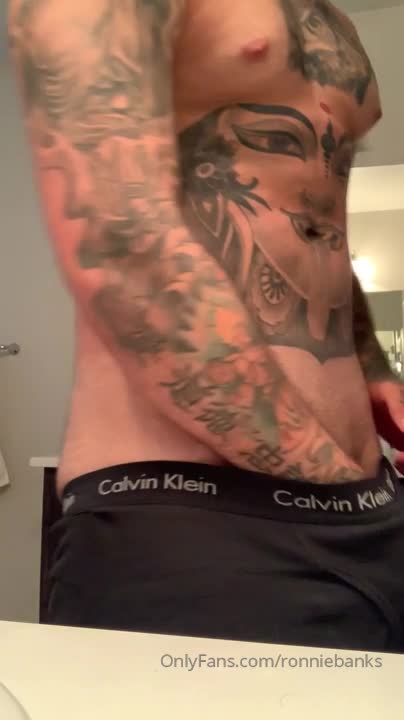How to breathe while dancing
Teaching Dancers To Coordinate Breath And Movement
All dancers use breath. After all, breathing is a natural and necessary function that occurs whether we think about it or not. However, not all dancers understand how they can use their breath to maximize their dancing.
At the most basic level, dancers should use inhalation to emphasize growing movements, and exhalation to extend shrinking movements. This use of breath provides a greater fluidity of movement, musicality, and often creates an enduring quality that fosters enjoyment of movement.
Despite these benefits, young dancers are often unaware of how to connect their breath to their movement. Many tend to hold their breath, in class and on stage, because they are focusing their attention on performing the choreography above all else.
So, as dance teachers, how can we teach our students to connect their breath to their movements?
Experience has taught me that this is a quality that cannot be taught in a day, but must be fostered throughout a dancer’s development. Below are several exercises that I have found helpful in encouraging the use of breath in my students.
Begin at the Barre
Dance training often begins with ballet, and ballet begins at the barre. Therefore, it only makes sense that the incorporation of breath should start at the barre.
Every so often, use a CD of songs that are familiar to your dancers (one of my favorites is Divas for Ballet by David Plumpton). Holiday CDs also work well for this exercise. Teach your ballet class as you normally would, but invite your dancers to hum along with the music. Humming naturally incorporates breath into the exercise and the dancer becomes more closely involved with the musicality of the exercise.
Improvisational Breath Exercises
The following improvisation exercises can be done singularly at the end of a modern or contemporary class, or could be extended into a longer workshop.
Individual Exercise: Using Breath in Movement
Spread the dancers out in the space. Play soft music that the dancers can hear you speak over. Then, ask them to improvise movements while coordinating audible breathing. Encourage the dancers to experiment with the way they breathe, such as varying the speed of inhalation and exhalation, pushing air out in contrast with pulling air in, and changing the pitch of their breath sounds.
Play soft music that the dancers can hear you speak over. Then, ask them to improvise movements while coordinating audible breathing. Encourage the dancers to experiment with the way they breathe, such as varying the speed of inhalation and exhalation, pushing air out in contrast with pulling air in, and changing the pitch of their breath sounds.
Partner Exercise: Using Breath to Communicate
Pair your dancers up and spread the pairs out in the space. Again, play soft music that the dancers can hear you speak over. Then, ask the dancers to improvise movements while incorporating audible breathing in a conversation, or call and response, with a partner. One partner begins by improvising a movement that uses breath their partner can hear, and the second partner responds, also breathing out loud while improvising a movement. I like to encourage contact between the dancers during this exercise to form a more intimate connection between the pairings.
Perfecting With Performance
Challenge your dancers to breathe out loud during a rehearsal run of your piece. This will force the dancers to think about their breathing as they dance. Give them places in the choreography where they should incorporate specific breathing patterns, such as inhaling when arms or legs are lifted or at the initiation of a jump, and exhaling at the beginning and end of a turn or during the landing of a jump. After the run has concluded, allow the dancers time to process their experience individually.
This will force the dancers to think about their breathing as they dance. Give them places in the choreography where they should incorporate specific breathing patterns, such as inhaling when arms or legs are lifted or at the initiation of a jump, and exhaling at the beginning and end of a turn or during the landing of a jump. After the run has concluded, allow the dancers time to process their experience individually.
Encourage Experimentation
While the structure described in the rehearsal example above provides a great starting point for dancers to explore the connection of breath to movement, it is important to not always apply such a rigid arrangement for breathing. Every body is different, and every dancer will find that a different, specific breathing pattern assists his or her technique and performance.
Once a dancer understands the basic principles of using breath with movement, he or she can master this on his or her own body through discovery and experimentation. Ultimately, this process will lead to a deeper understanding and enjoyment of the dance.
Ultimately, this process will lead to a deeper understanding and enjoyment of the dance.
Kindly follow, like or share:
Chelsey Bradley
Chelsey Bradley is a choreographer, professor, and author. She completed her Master’s Degree in Dance and Choreography in 2017 from the Peck School of the Arts, and then served as a lecturer of dance for the University of Wisconsin, Eau Claire. She currently serves as resident choreographer for Dance Wisconsin, and teaches modern dance for Monona Academy of Dance. Her work for these companies has earned her Regional Dance America’s National Choreographic Commissioning award four times, Regional Dance America’s Choreography Connection Grant in 2014, and a Choreographic Honors Award from the University of Wisconsin, Madison, in 2015. Read Chelsey’s posts.
These 5 Breathing Tips Will Transform Your Dancing
If a teacher or choreographer has ever commented that your dancing looks stiff, the problem could be that you aren’t breathing effectively. “When dancers aren’t breathing, their shoulders are up and there’s no length in their movement. They start to look like they’re just waiting to get to the next thing,” says Maria Bai, artistic director of Central Park Dance in New York.
“When dancers aren’t breathing, their shoulders are up and there’s no length in their movement. They start to look like they’re just waiting to get to the next thing,” says Maria Bai, artistic director of Central Park Dance in New York.
It may seem like a no-brainer—of course you can’t move without breathing. But beginning dancers often hold their breath because they are so focused on picking up choreography, says Sarah Skaggs, director of dance at Dickinson College. Even advanced dancers can benefit from focusing more on their breath. “Sometimes they are paying so much attention to what their limbs are doing that they forget about the lungs, the chest, the trunk. Breath is the last thing they’re thinking about, but really it should be the first,” says Skaggs. The more integrated your breathing is, the more relaxed and present you will feel.
Practice Breath Integration
Yoga and Pilates can help you link breath to movement. Photo by rawpixel via Unsplash Learning to connect breath with movement starts before you even begin tackling phrasework.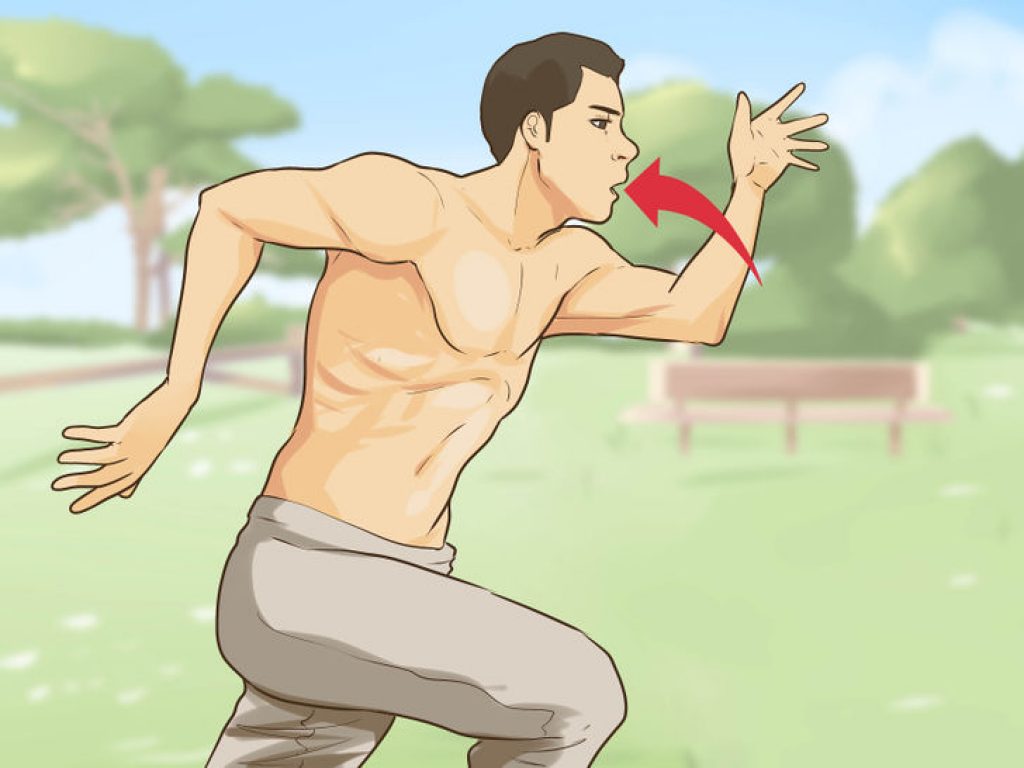 Lauren Sanford, director of jazz, lyrical and contemporary at Image Studio of Dance in Washington, incorporates Graham-style contractions into her warm-up so her students can feel the relationship between breath and movement. She also has them lie on the floor, take deep, slow breaths and imagine that they are sending that breath to different parts of their bodies. This can help dancers think of breathing as an action that involves the whole body, not just the chest and lungs.
Lauren Sanford, director of jazz, lyrical and contemporary at Image Studio of Dance in Washington, incorporates Graham-style contractions into her warm-up so her students can feel the relationship between breath and movement. She also has them lie on the floor, take deep, slow breaths and imagine that they are sending that breath to different parts of their bodies. This can help dancers think of breathing as an action that involves the whole body, not just the chest and lungs.
Bai suggests dancers take yoga to work on breath control. “Yoga makes you consciously focus on your breath, and eventually that becomes a pattern you can find when you’re dancing,” she says. Similarly, New York City–based Lindy Fines, artistic director of GREYZONE and certified Pilates instructor, finds that Pilates’ focus on coordinating breath with every movement can help dancers breathe fully and use inhales and exhales to facilitate specific types of movement.
Time It Strategically
In fast phrases like petit allegro, you may have to breath during transitions. Photo via Pixabay
Photo via PixabayEven with plenty of practice, difficult or unfamiliar choreography may leave you struggling to integrate breath. If this is the case, try choosing specific points in a phrase where you will breathe. “When you’re doing an adagio, port de bras or waltz, there are places to inhale and elongate,” says Bai. “It’s harder in fast phrases. In those situations, transitions are where you can find your breath.”
Get Comfortable with Panting
Try running or other cardio activities to build endurance. Photo by Bruno Nascimento via Unsplash Dancing will sometimes make you out of breath. Rather than fighting this, learn to work with it. Don’t try to cover up the fact that you are breathing heavily, says Skaggs; it only makes it more difficult to recover and bring in more oxygen. “Dancers have to learn to breathe deeply and continue without collapsing. If you’re calm about it, you can go further,” she says. She recommends training with activities like running, biking and swimming to get accustomed to breathing heavily and build your cardiorespiratory endurance.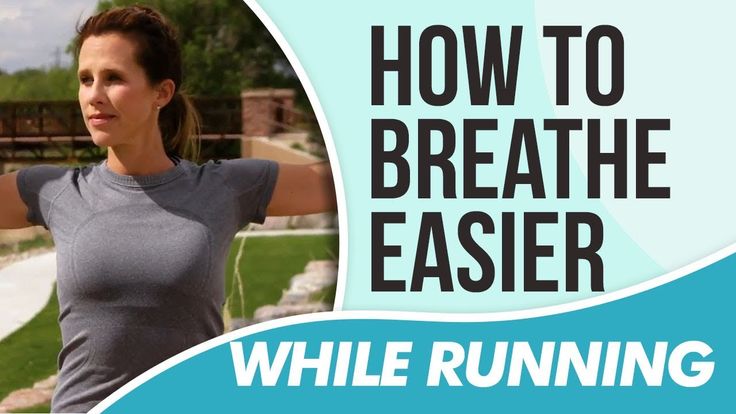
Punctuate Your Movement
Use breath to help elongate your extension. Photo by Matthew Murphy for Dance TeacherUsing intentional, audible breaths can also be an aesthetic choice. “Breath adds dynamics and texture to your dancing. It can help you feel the difference between rough and smooth, staccato and sustained,” says Sanford. Try using breath to accent a sharp movement, or to elongate an extension.
When you’re dancing familiar choreography, you can insert these intentional breaths spontaneously to see how they might change your execution of the phrase. You can also choreograph breath, but be careful not to overdo it. “I see a lot of excessive breathers at competitions. If you’re forcefully breathing all the time, it makes the movement look robotic,” says Sanford.
Breathe as a Group
Breathing with your fellow performers can have a powerful effect. Photo via NYCDA Being conscious of your breath is also a commonly overlooked way to connect with your fellow performers, especially in unison sections.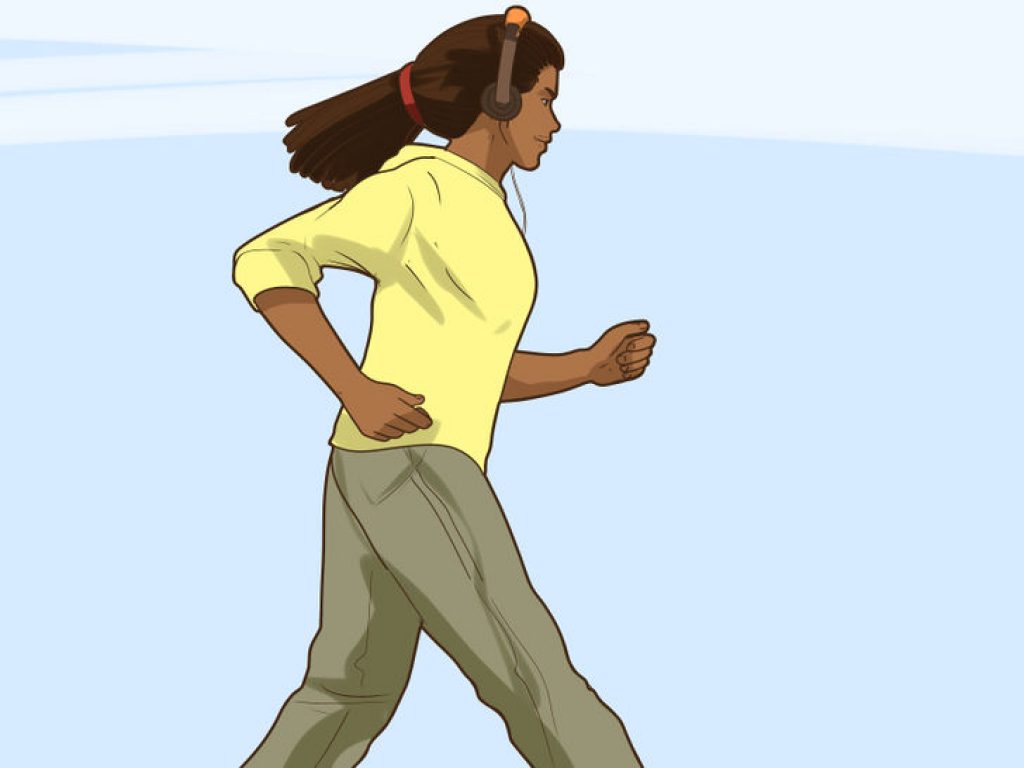 “It’s really hard to move in exactly the same way as someone else. But if you match your breath, your initiation and follow-through will be the same,” says Sanford. “I love when I can hear a large group of dancers breathing together. It gives me goosebumps.”
“It’s really hard to move in exactly the same way as someone else. But if you match your breath, your initiation and follow-through will be the same,” says Sanford. “I love when I can hear a large group of dancers breathing together. It gives me goosebumps.”
Proper breathing while dancing
Do you hold your breath while dancing? If after thirty seconds of dancing your arms and legs are filled with lead, and you think you are dying, you can say that you don’t know how to breathe while dancing. You may need more aerobic training, but most likely you just need to breathe!
When you focus very seriously on something, you tense your muscles and your "automatic" breathing system stops working! Here's your breath hold. But breathing is so important for the quality of the dance that it should never be allowed to take its course. The best dancers breathe fully consciously, and consider breathing as part of their dance technique. You can do it too, and you are guaranteed to dance better, with better posture and less stress on your body!
Although the brain only makes up 2% of the total body mass, it consumes 20% of all the oxygen it uses! It is no wonder that on the dance floor in a state of tension it is impossible to think normally!
Dancing, especially competitive dancing, evokes many important reactions in the human body at the same time.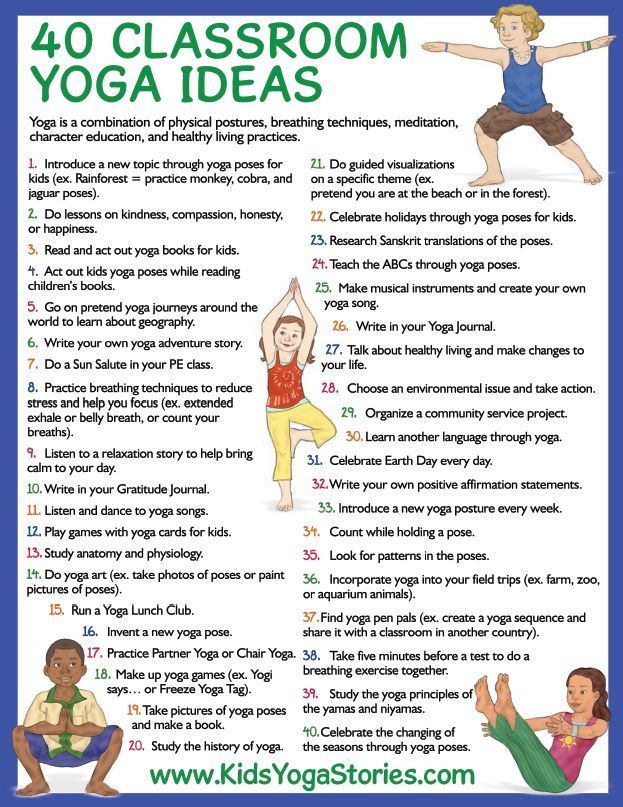 It causes a person to act in a "fight or flight" mode, which means:
It causes a person to act in a "fight or flight" mode, which means:
- acceleration of the heart rate
- adrenaline rush
- sweating
- muscle tension
- shallow breathing or holding it
From the point of view of evolution, it would be wonderful if we only did what we killed mastodons and ran from them. But instead, we should stand up straight, hear the music, think about the legs, feel the partner, make beautiful movements, look relaxed and smile! Ha!
Even though the breathing process is implicit, you can control it and even improve it! After all, you need to avoid a situation where the heart almost jumps out of the chest, but the oxygen to the brain and muscles is still not enough.
Let's learn a few useful things:
- Deep nasal breathing
- Warm-up and recovery breathing
- The importance of a clean airway
- Remember to breathe!
Deep nasal breathing (versus mouth breathing)
1) Open your mouth wide and take a few deep breaths and the same number of breaths.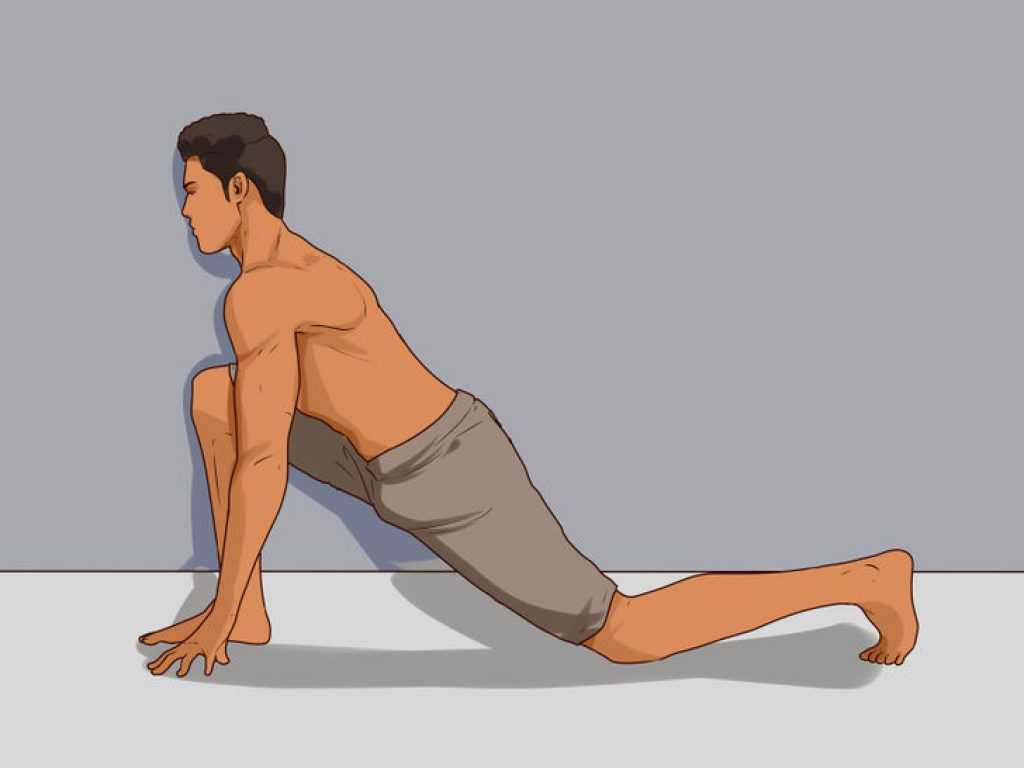 Does air penetrate deeply? 2) Now close your mouth and take a few deep breaths and the same number of breaths through your nose. Pay attention to the chest and abdominal muscles. Does your breathing feel deeper, fuller?
Does air penetrate deeply? 2) Now close your mouth and take a few deep breaths and the same number of breaths through your nose. Pay attention to the chest and abdominal muscles. Does your breathing feel deeper, fuller?
Mouth breathing is associated with the fight-or-flight response. When we're in danger, we open our mouths and run away! This is shallow breathing, and the air only reaches the upper lobes of the lungs. Such breathing is fine for anaerobic exercise or sprinting, but not for dancing.
Nasal breathing is deeper, slower and brings oxygen to the lower lobes of the lungs. This deep breathing slows the heart rate, helps deliver more oxygen to the brain and muscles, reduces anxiety, and improves concentration. Please note that with deep nasal breathing, the entire body of the body increases in volume. Draw your own conclusions! And try to include the breathing technique in the dance.
You can also practice nasal breathing at other, non-dance times. The more you breathe through your nose, the easier and more natural it becomes for you to breathe, and the more benefits you get. Try to increase the exhalation time and exhale all the air from the lungs without a trace. This will provide more fresh, oxygenated air. This is a common mistake of breathing: when you exhale, a lot of “old air” remains in the lungs.
Try to increase the exhalation time and exhale all the air from the lungs without a trace. This will provide more fresh, oxygenated air. This is a common mistake of breathing: when you exhale, a lot of “old air” remains in the lungs.
Breathing during warm-up
Warm-up, during which the blood vessels in the body dilate, should be spent at least five minutes. Do not try to push yourself during this important lesson! Breathe slowly and deeply through your nose. Do slow variations of your normal dance moves. Deep breathing will help expand blood vessels and supply oxygen to the muscles for the hard work ahead.
Breathing while dancing
Set a goal: to learn to breathe through your nose in every dance! Your body will definitely signal you when it goes into anaerobic mode, so do not miss mouth breathing. So breathe through your nose, don't overdo it, just breathe!
Recovery between dances
You guessed it! Nasal breathing again! In competition, for example, between dances you only have twenty seconds to calm your breath, so don't waste that precious time on superficial mouthing! Close your mouth (you can smile) and breathe in the wonderful air through your nose! This will calm you down, your heart will slow down, your brain and muscles will be replenished with fresh oxygen, and you will be ready to dance again! Remember: "Long, slow, deep breaths. "
"
Importance of clean nasal passages
People whose nose is broken by the devil need to get cleaned! Blow your nose, clear your nose, and wear handkerchiefs to the dance! Drugstore nasal sprays cause swelling, so don't get carried away with them, and use a saline spray to unclog and widen your nasal passages.
Don't forget to breathe
If you know that breathing is a big problem for you on the dance floor, tell your partner or teacher that you want to solve it. Ask them to watch you for a while and remind you to breathe if you forget. If you use deep nasal breathing during warm-ups and workouts, and if you ask a partner or friend to help you, proper breathing will quickly become a habit. And this habit will benefit you ... If you do not forget about it! Everything takes practice, so repeat all of the above techniques daily for a month, and after that, they will probably stay with you forever.
Proper breathing can improve your dancing tremendously! Start exercising today and see results very soon! This new breath may be a little confusing at first, but with experience it will become a reliable ally on the dance floor.
Chest, anatomy, breathing in dance – Dance School of Almaty
Although breathing is the most natural process of getting oxygen into the lungs, most dancers don't have a clear understanding of how to breathe properly! Of course, everyone knows how to breathe, but can you effectively use breathing to relieve unnecessary tension from the muscles of the body and increase their return? You, of course, more than once received instructions from the teacher to tighten your stomach and straighten up. In this case, you usually draw in the stomach, raise the chest and shoulders. The result is increased muscle tension in the upper body, making breathing difficult! How to learn to move easily and gracefully? Breathing is an important part of any movement, including dancing. If you are a choreographer, be sure to include breathing exercises in the program for mastering dance compositions. They are perfectly combined with the music, which allows the dancers to become more aware of the mechanism of their breathing.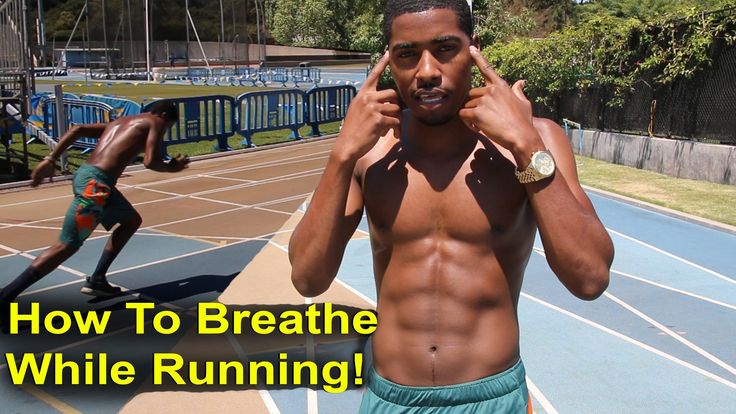 Rhythm is an excellent means of mastering the correct breathing pattern.
Rhythm is an excellent means of mastering the correct breathing pattern.
Anatomy of breathing
Breathing consists of two phases - inhalation, during which oxygen enters the lungs, and exhalation, during which carbon dioxide is removed from them. Oxygen allows the cells to release the energy needed for the muscles to perform physical work, including dancing. Both phases of breathing can be passive or forced. At the beginning of the warm-up, you focus on preparing the body for physical activity, but also do not think about breathing. These are all examples of calm, passive breathing. Maintaining balance while performing relevé also requires calm and passive breathing.
At the same time, forced inhalation and exhalation require some effort. Breathing at the same time becomes deeper, more muscles are involved in it. For example, when performing a combination of jumps or some complex choreographic composition in which many muscle groups are involved, you breathe deeper.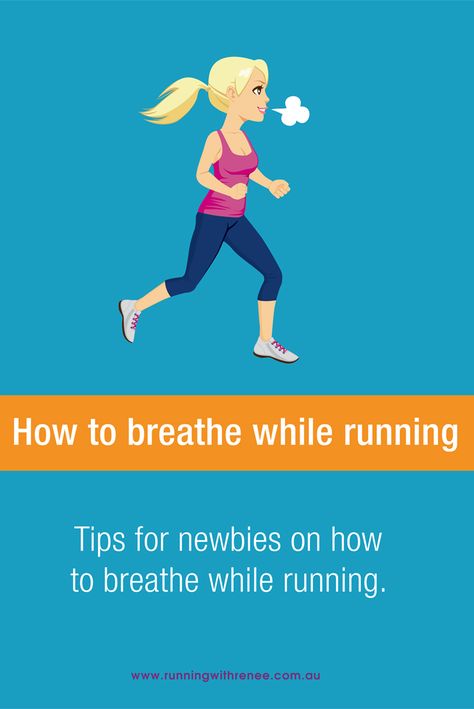 Proper organization of the breathing process reduces the tension of the muscles of the upper body, improves the supply of oxygen to the body and trains the muscles of the body. All the exercises in this chapter will help you master the technique of proper breathing.
Proper organization of the breathing process reduces the tension of the muscles of the upper body, improves the supply of oxygen to the body and trains the muscles of the body. All the exercises in this chapter will help you master the technique of proper breathing.
Lungs are soft and elastic spongy organ equipped with channels for air intake. The lungs are surrounded by ribs that protect and support them. In this chapter, we will not go into the details of the breathing process and talk about all the muscles involved, but only give a general overview that will help you become a better dancer. We will first focus on the diaphragm, transverse abdominis, and pelvic floor muscles.
The diaphragm is one of the most important parts of the respiratory system. It is a large dome-shaped muscle located inside the chest. The diaphragm resembles an open parachute. All of its muscle fibers are directed from top to bottom, which makes it possible to understand how it contracts. This muscle is attached to the lower end of the sternum, the six lower ribs, and the spine. The diaphragm changes the volume of the chest and abdominal cavities. When you inhale, this muscle contracts, sinks down, and flattens out. As a result, the lungs and chest expand in all directions and increase in volume.
The diaphragm changes the volume of the chest and abdominal cavities. When you inhale, this muscle contracts, sinks down, and flattens out. As a result, the lungs and chest expand in all directions and increase in volume.
The abdominal wall is composed of four muscular layers. The inner layer is the transverse abdominal muscle, which serves as a kind of corset for the lower body. The fibers of this muscle have a horizontal orientation and are intertwined with the muscle fibers of the diaphragm. During forced exhalation, the transverse abdominis muscle begins to contract, increasing the pressure inside the abdominal cavity. Normally, forced expiration helps with downward movements, improving control over them. Try to slowly perform the grand batman, while inhaling, raising your leg, and lowering it on an active exhalation. Notice to yourself how the exhalation helps this movement. The important role that the abdominal wall plays in spinal stabilization will be discussed in detail in Chapter 4.